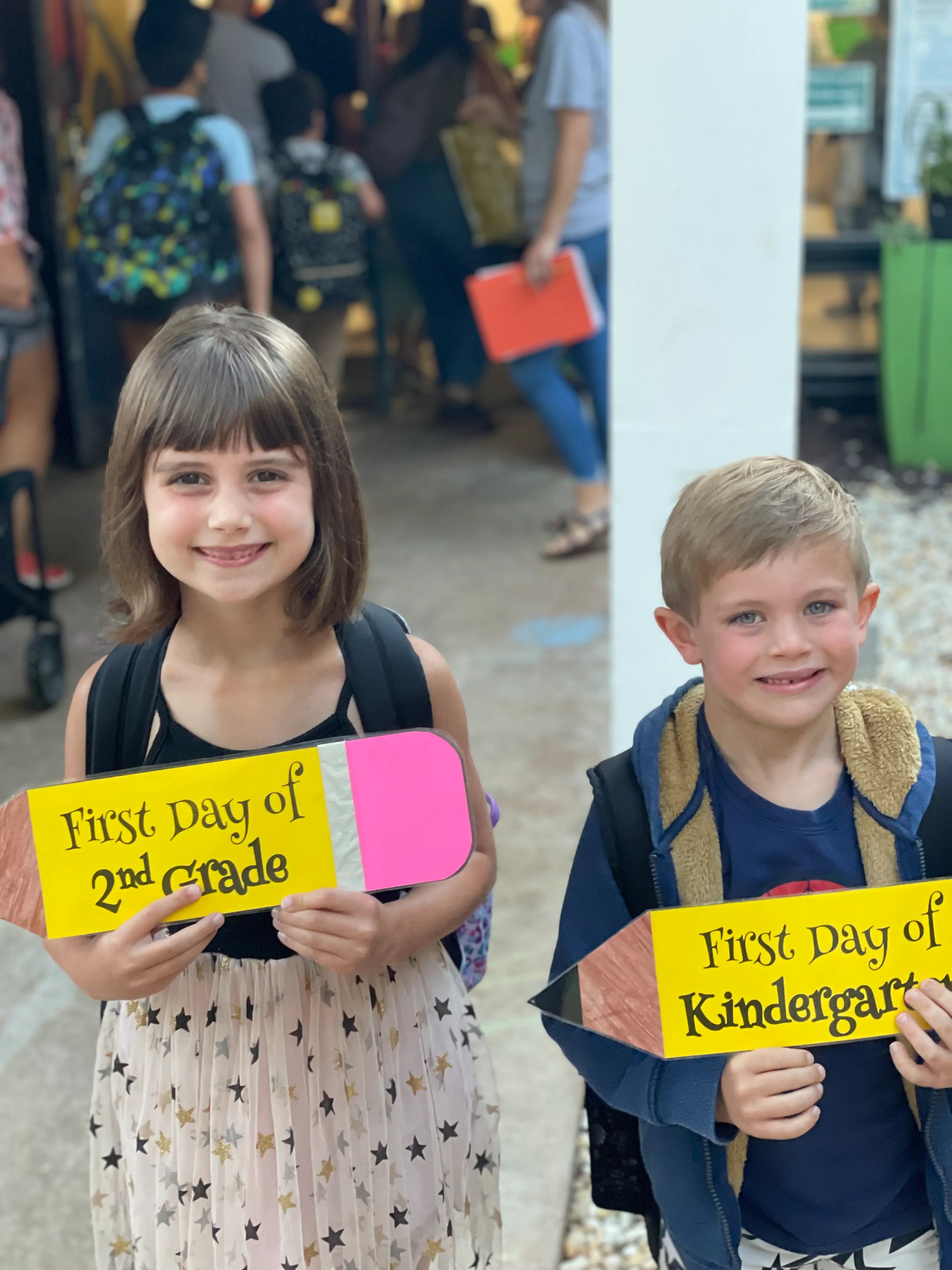Celebrate the diversity of end-of-year holidays
2022 is winding down, and from a diversity, equity and inclusion perspective, the month of December provides a unique opportunity to learn and inspire through the end-of-year commemorations happening around the world. The season’s bright lights, joyful sounds and yummy smells perfectly illustrate how diverse we are when it comes to traditions and holidays, and how happy we are when we can celebrate them with authenticity.
Holidays aside for a second, it’s important to frame December with an overarching theme. You may not know that December 10th was Universal Human Rights Day. Launched in 1948, the commemoration began when the United Nations made a universal declaration of human rights that stated, ‘all human beings are born free and equal in dignity and rights. They are endowed with reason and conscience and should act towards one another in a spirit of brotherhood.’ These powerful words remind us that despite differences, we must (and can) learn to function here…together as brothers and sisters. Human Rights Day is about acknowledging that people of different races, religions, cultures, and beliefs are still just that: people.
Which brings us back to the December holidays and the people- our neighbors, friends, family members and children’s classmates- who celebrate them. Some of the holidays are rooted in religion and culture, while others underpin personal beliefs and racial identity. Christian, Islamic, Jewish and African American holidays converge in December unlike any other time of the year, so much so we may not realize they sometimes overlap or are going on at the same time. This holiday season, let’s be intentional about exploring the multiculturalism of the December holidays and teaching our children about traditions that might be different from our own. With two full weeks away from school, there is so much to learn and do. You could consider mixing an unfamiliar tradition into your celebration: for instance, if you celebrate Christmas on December 25, add latkes to your dinner menu. If you celebrate Kwanzaa from December 26- January 1, teach your children that the kinara lit over seven days during Kwanzaa is like the menorah that is lit for eight days during Hanukkah from December 18- December 26. There are other examples you can find across holiday traditions and foods that illustrate how much we are alike while simultaneously celebrating differences.
As the chilly weather settles in and we enjoy some downtime (and a slower pace) over the next few weeks, here are some educational and fun resources to consider and share with others:
December is a magical time for many reasons- lights, music, food, family, gifts, and diversity. Here’s to a joyful and safe holiday season for the entire Laurel Ridge Elementary School community, no matter how you celebrate. See you in 2023!







Comments